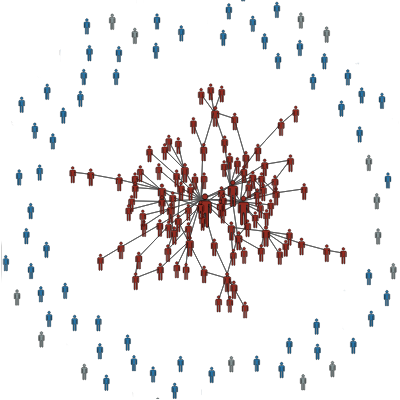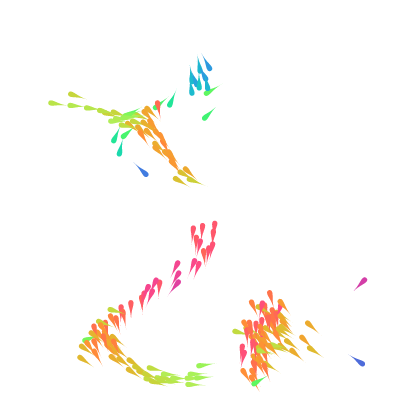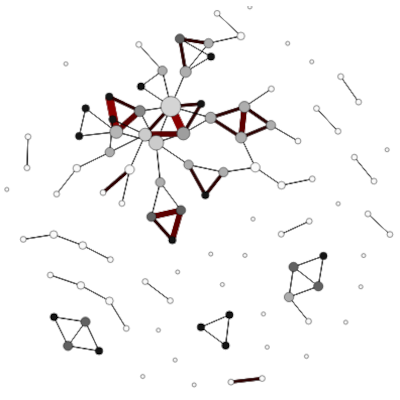Blockchains as coordination systems
The opposite of hierarchy isn’t flatness, it’s autonomy.
To understand decentralisation, you need to separate the types of decentralisation which Vitalik Buterin (founder of Ethereum) distinguishes as political, architectural and logical.
Architectural Decentralisation is about creating redundancies make infrastructure resilient. There is no central point in the architecture that the others depend on. Blockchain technology is architecturally decentralised, in that blockchain users are not reliant on any specific group of miners. The base layer of the Internet is architecturally decentralised too. Individual routers or even countries can go offline, but the Internet keeps working.
Logical Decentralisation is about how the system acts. There is no centralised information that the other parts rely on. Instead, data is shared in a swarm, and different parts of the system update each other to arrive at consistency. Logically decentralised systems can be divided any way and both parts will continue to function independently.
Political Decentralisation is when no single group can enforce their decisions on others. It increases autonomy and removes constraints. It allows for people to control their own environment and do their best work.
Political centralisation means people have to work according to the rules others set. This takes different forms: departments, policy makers,executive leadership setting goals for others.
Political decentralisation is when people set their own rules. This can also take different forms: chapter-based organisations, democratic cells, independent projects with common support such as startup accelerators.
While the three are connected, political decentralisation is particularly important to DAOs since its the lynchpin for the others.
Political decentralisation differs from architectural decentralisation which is about resiliency and availability of infrastructure, and from logical decentralisation which is about shared state or meaning.
But they depend on each other.
If you have logical centralisation, where certain information or resources are kept in one place (such as treasury guilds and departmental guilds) then you also end up with political centralisation too, because those guilds tend to make policy decisions that affect everyone else. (That’s when people have to invest in politics and meetings rather than real work.)
If you have any kind of political centralisation, for example creating functional departments, or organising into departmental squads, then that forces everyone back to depending on one way of doing something (logical centralisation).
It also leads to storing resources in one place (architectural centralisation). For example, deciding that everyone in the DAO should use a certain tool (Discord, Notion, Sobol) turns the administrators of those systems into political centers – they now decide who gets access and how much. Another trap is when guilds start to host infrastructure or information that the various DAO projects depend on. If all your design resources are in a Google Drive controlled by your design guide, or your bounties are run by a single bot hosted in your dev guild, you’ve started with political centralisation around that skill, and it’s created architectural centralisation around those resources.
Political decentralisation happens on two fronts:
First ask:
Does anyone make decisions that affect others autonomy?
Usually those decisions are made with the intention of helping others, so flip that from making them do it a certain way, to supporting them if they pull in your help.
For example, instead of running bots for a large Discord, help project teams run a separate Discord and share templates.
Instead of making Discord onboarding more onerous and complex, effectively blocking people, shift to supporting people to find their place and helping projects protect themselves from the new joiners who are not a good fit.
In your work, if centralisation is a burden, simply ignore it and create your own alternative. Treat all DAO-wide policies and infrastructure as optional. If the centralised providers don’t work for you, act as their client and tell them what they need to do for you to use their service.






